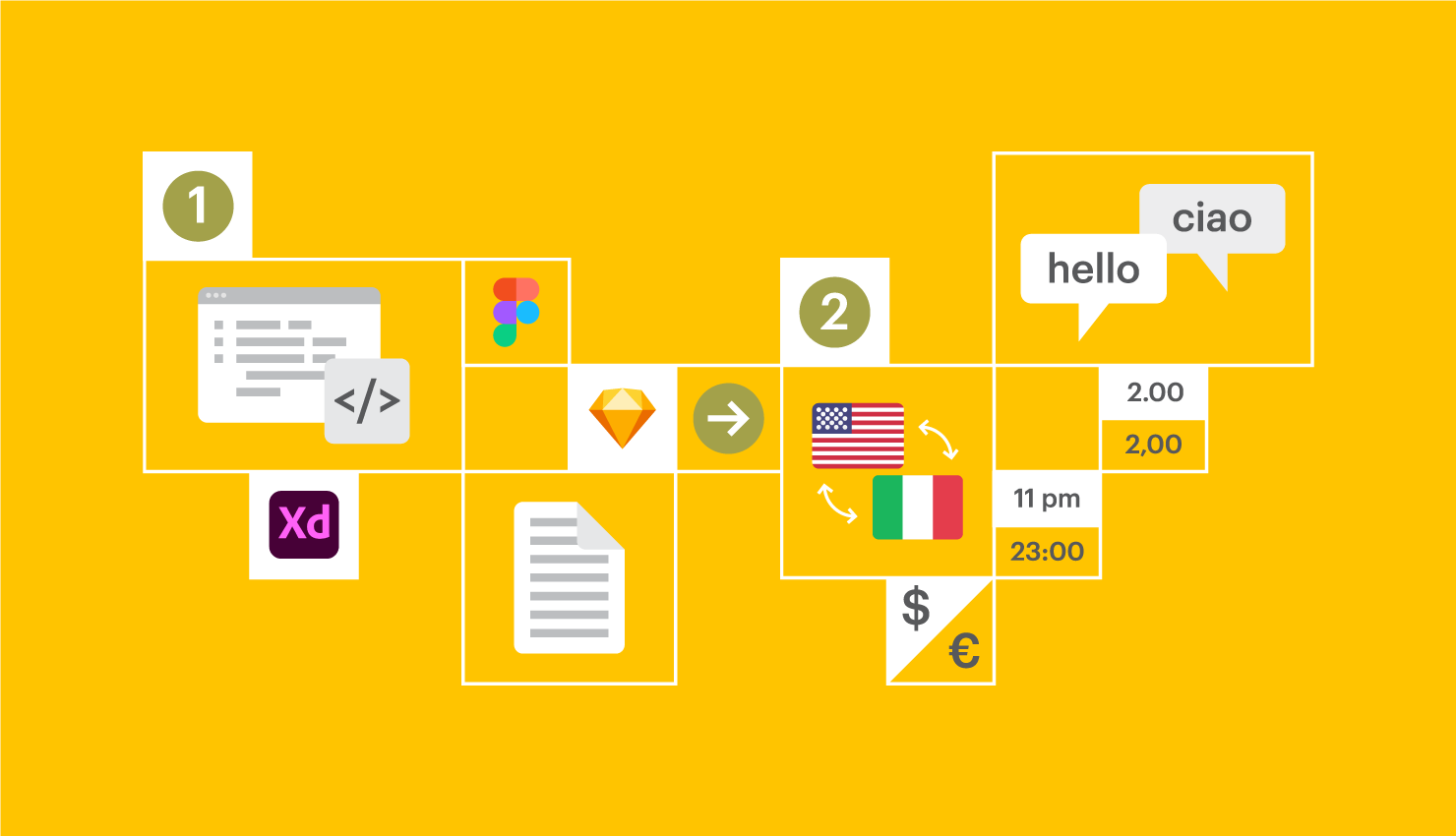 |
| fig.01 Next-JS Version 13 |
Staying ahead of the curve is crucial in the fast-paced
world of web development if you want to provide users with cutting-edge
experiences. Let's introduce Next.js, a framework that has swept the
development industry off its feet. Let's explore the outstanding features that
distinguish Next.js as the best framework for creating cutting-edge online
applications.
1. SSR, or server-side rendering :-
 |
| fig.02 SSR |
Server-Side Rendering (SSR) support is one of Next.js'
unique features. SSR enables your application to render pages before delivering
them to the client's browser, in contrast to conventional client-side
rendering. As a result, search engines can more readily index the fully generated
material, which speeds up initial load times and improves SEO. SSR
implementation with Next.js is smooth, providing your users with a quick
experience while guaranteeing your content, is readily discoverable by search
engines.
2. SSG, or Static Site Generation :-
 |
| fig03 SSG |
Static Site Generation (SSG) in Next.js raises the bar for
performance. Pre-rendering pages at build time using this capability creates
static HTML files that can be served directly to users. Both lightning-fast
page loads and lower server burden during runtime are advantages. SSG is
especially useful for websites, blogs, and documentation sites with a lot of
material because these sites still need dynamic parts yet have generally stable
content over time.
3. Code Splitting Automatically :-
 |
| fig.04 Code-Splitting |
Web development's top priority is performance optimization,
which Next.js tackles head-on with intelligent code splitting. Only the
essential JavaScript is loaded as users navigate your application, cutting down
on initial load times and conserving bandwidth. This function guarantees that
your application will continue to be responsive and effective, especially as it
grows in complexity.
4. Support for TypeScript:-
 |
| fig.05 TypeScript |
The strong TypeScript support provided by Next.js will
delight TypeScript lovers. JavaScript now supports static typing thanks to
TypeScript, which lowers the possibility of runtime errors and increases the
overall dependability of your software. You can use TypeScript's capabilities
with Next.js without any additional settings, making your code easier to
maintain and less prone to mistakes.
5. No configuration :-
 |
| fig.06 No configuration |
The Next.js development process is intended to be simple and
straightforward. The framework has logical defaults, which cuts down on the
time needed for initial setup. Because of this, you are free to concentrate on
creating products and designing user experiences rather than getting bogged
down in intricate configuration.
6. Support for Internationalization (i18n):-
 |
| fig.07 Support for Internationalization |
Internationalization support provided into Next.js makes it
simpler to reach a worldwide audience. By utilizing Next.js' i18n features,
which enable you to manage translations and locale-specific content effectively,
you may easily construct multilingual applications.
7. Image Enhancement:-
 |
| fig.08 Block diagram of proposed Image Enhancement Algorithm |
Image optimization is essential for performance in today's
visually-driven web environment. By offering functions like automatic format
selection, lazy loading, and support for responsive images, Next.js automates
image optimization. By doing this, you can be confident that your application
will run quickly and look good on all devices and networks.
8. Performance Insights and Analytics
Continuous improvement depends on knowing how people engage
with your program. Next. With the help of the analytics and performance
monitoring tools that JavaScript integrates with, you can learn a lot about
user behaviour and spot areas that could use improvement.
 |
| Ganesh Chavan |




No comments:
Post a Comment